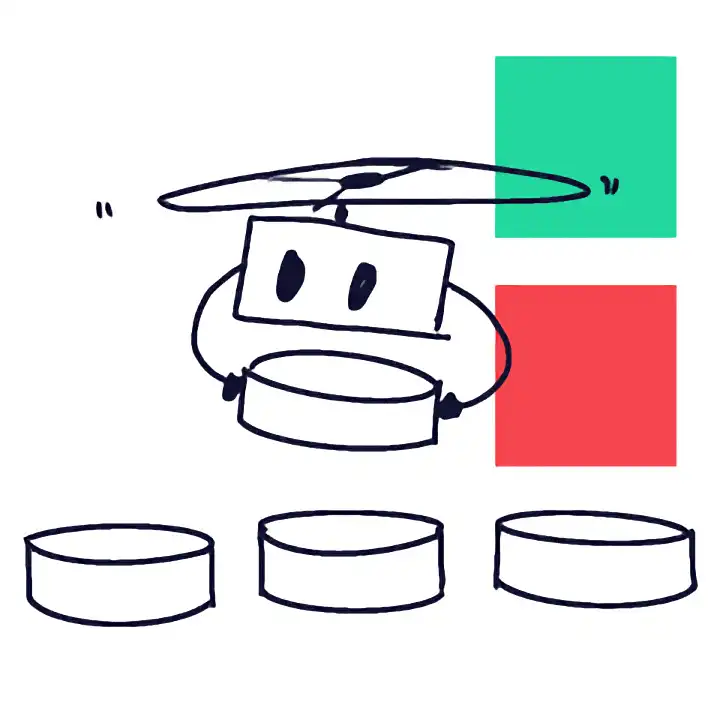Across the globe today, legacy systems are one of the biggest problems faced by the software industry, and as we travel further into the future, they could arguably become the most common problem across all business sectors and industries.
The impact of legacy on your team
As a leader, you need to keep abreast of innovation to ensure your software systems continue to evolve to meet rapidly changing market conditions. The days of relying on technologists without any business insights are over. If you know that technology now touches every part of the business, a strategy is needed that takes into account the impact it has on the business from a productivity, culture and agility point of view. Legacy systems are a main contributor to a loss of business agility.
When you have a number of legacy systems around different units, there is usually a lag time in collecting appropriate data and getting subsequent reports to management. Sometimes lag time can be weeks, if not months, depending on the size of the organisation. When your leaders cannot get across the right information at the right time, business agility declines.
Imagine someone in your organisation has an innovative idea for adapting to a new market condition. They have run experiments and collected data to prove their business case. Unfortunately, the software that underpins the section of the business is a legacy system, something off-the-shelf, or an old custom system that simply cannot be updated to match the idea. Not only is your organisation unable to move forward, the employee that had the idea is shut down. This has a negative impact on culture, especially if it happens often.
Business agility barriers when scaling up
When you have three employees, there are three communication lines. Four employees have six communication lines. A fifth employee brings you up to 10 lines. When you start hitting a decent size like 50 people, you have 1225 communication lines, which is humanly impossible to keep track of. This complexity generates fundamental barriers around leadership, scalable infrastructure and marketing, making it very difficult to grow and stay relevant. Failure to address these barriers makes it harder for organisations to deliver value on business outcomes and meet changing market conditions; momentum is lost and business agility comes to a standstill.
The relationship between software/people fit and highly scalable businesses
Lean enterprises are always looking for their product/market fit. Build-measure-learn cycles allow startups to iterate from minimum viable product (MVP) to find traction and build highly scalable businesses. Organisations can use these same mechanics to influence the technical and cultural forces within their business to enhance business agility.
A highly scalable business is one that maintains or improves profit margins while sales volume increases. The challenge with chasing a highly scalable business is that it often puts profits before people. Instead, imagine a network of teams with a community-centered culture that embraces organisational values and capabilities, and learns through experimentation in pursuit of a shared vision. Continuous modernisation is a strategy for legacy systems to ensure the software fits the people using it. When a software/people fit is found, your organisation gains momentum and business agility is increased. A focus on business agility enables the community of people within the organisation to be adaptive, creative and resilient in times of unpredictability.
Building a stronger team by finding your software/people fit
There is an unquenchable thirst for software worldwide, and a limited number of trained professionals to meet the growing demand. Machines have repeatedly proven over the course of history that they can work with humans for our betterment. Our vision is a future where humans and bots work together. By harnessing the power of codebots, human developers are relieved of repetitive, mind-numbing activities, and can become creators and investors again, while bots take care of the heavy lifting.
Organisations have become reliant on the army of people that know their legacy systems, so the challenge with running a successful digital transformation project is as much, if not more, a people story rather than a technical one. The hardest part is knowing where to begin, but a good first step is to shift our thoughts away from the concept of organisations as machines, and start recognising organisations are communities. At Codebots, we are passionate about our core values, and recognise that values drive culture, culture drives behaviour, and behaviour drives the performance of our entire community.
In the current organisational climate, transparency has never been more important for engaging your team. You don’t have to know all the answers upfront, but it’s important to agree on and communicate why you are doing the things you are doing. Once your core team is engaged, you can use the strategies and tactics to reach your magic moment, when momentum starts to accelerate.
There is no silver bullet fix to the strain legacy systems have on your organisation, but with a greater understanding and education around the main contributors, it is possible to use our playbook Bots that Code, to find your software/people fit, and minimise negative impact of legacy on business agility.




